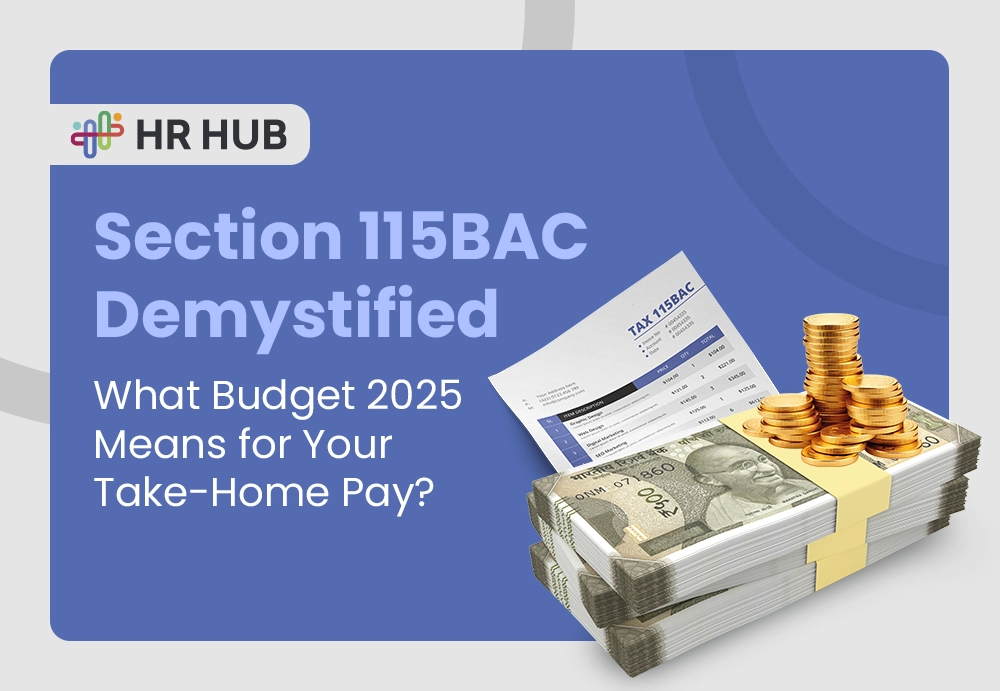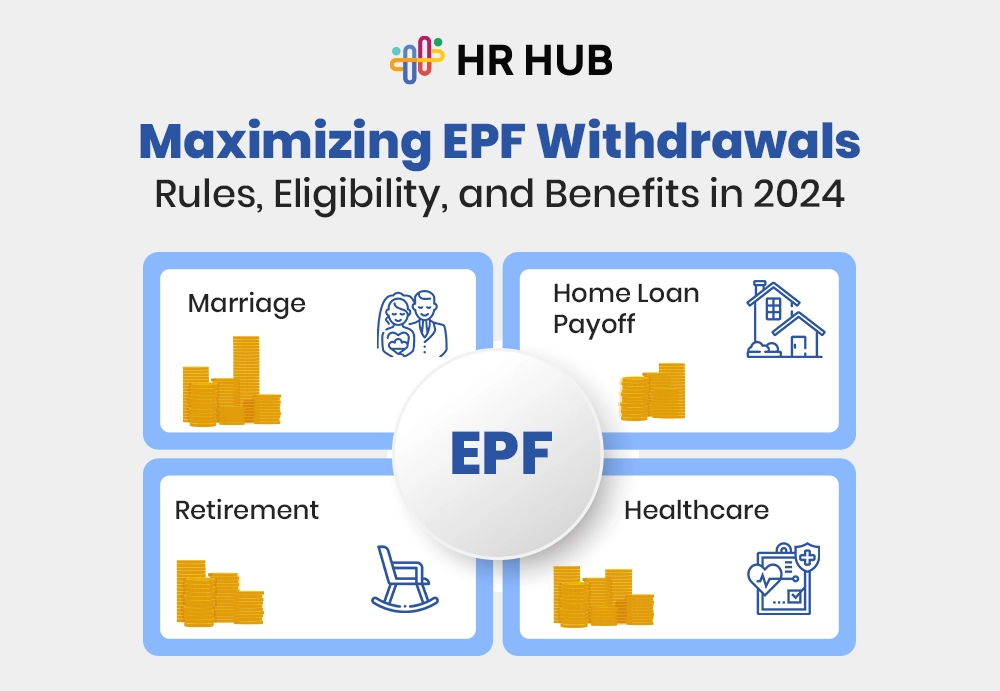Remote work taught us that productivity isn’t tied to a desk—it’s tied to trust.
In 2025, the phrase on every company bulletin board seems to be: “Back to Office Policy Effective Next Month.”
It’s official. The post-pandemic honeymoon with remote work is over. Organizations across India and the USA are hitting reset—and this time, the office is back in fashion.
But before you assume employees are excited about dressing up again or hunting for a seat near the coffee machine, let’s pause. The shift isn’t just operational—it’s emotional, cultural, and chaotic.
So, how can HR stay calm during this storm?
Welcome to the back-to-office policies playbook you didn’t know you needed.
Why Is the Open Office Door Swinging Again?
Remote work did more than change work—it changed how we define productivity, presence, and even success.
But the cracks started to show:
- Collaboration began to stall in Zoom silos
- New hires struggled to absorb the culture through Slack emojis.
- Middle managers? Let’s just say they missed whiteboards more than expected.
Now, as CFOs watch real estate leases tick up and CEOs hunger for spontaneous innovation, the shift from digital desks to physical ones is gaining momentum.
But here’s the twist: back-to-office policies in 2025 aren’t the same rigid 9-to-5 mandates of the past.
They need nuance, empathy, and strategy—HR is central.
No More Remote Work? Not Quite So Simple
Let’s be honest: “no more remote work” might sound bold in a company memo, but reality doesn’t fit neatly into a three-word directive. It’s more like pushing toothpaste back into the tube.
Why?
Because people have fundamentally reshaped their lives around remote work, they've moved cities. Adopted new daily rhythms. Some took on caregiving roles. Others discovered they’re more productive when their ‘meeting room’ is their balcony.
If you're HR, every time you declare “back to the office,” your employees are silently asking:
- What’s in it for me?
- Is this just about control or culture?
- Will I still be trusted if I say no to three-day commutes?
And here’s where the real danger lies: blanket policies create blind spots. You risk disengagement, quiet quitting, or worse, talent loss to companies offering better flexibility.
To navigate this, HR leaders need to frame return-to-work not as a rollback, but as an evolution. Communicate clearly that this isn’t about abandoning flexibility—it’s about reintroducing connection and collaboration where it matters most.
Pro tip: Consider a pilot approach. Start with voluntary in-office days for high-collaboration tasks, gather feedback, and iterate. People resist mandates, but they engage with choices.

Rewriting Back-to-Office Policies: What the Best Companies Are Doing
The companies winning this transition aren’t the loudest—they’re the most thoughtful. They’re not just saying, “Come back;” they’re asking why, when, and how it benefits everyone.
Here are some emerging best practices from forward-thinking organizations:
Modular Policies, Not One Monolith
Instead of issuing one standard rule, design a policy by function or team type:
- Creative teams may need more face time for brainstorming.
- Tech teams may be fine with sprint planning two days a week.
- Sales may follow client-based flexibility.
Spotify, for example, uses its “Work from Anywhere” model, which includes soft in-office guidelines customized by team leaders.
Employee Advisory Committees
Create “Return to Work Councils” with cross-functional employee reps who can flag blind spots before they go viral on Slack.
This turns top-down policies into co-created transitions, fostering ownership and reducing resistance.
Culture Before Compliance
Companies like Atlassian and Airbnb invest in office rituals—team breakfasts, live town halls, wellness sessions—to make in-office presence feel like a perk, not a punishment.
The goal? When employees say, “I have to go in today,” they follow up with “I’m looking forward to it.”
Interactive Idea: Start a feedback loop with fun pulse surveys: “Which day do you enjoy being in the office the most—and why?” Use data to build meaningful schedules.
Metrics HR Should Track (That Go Beyond Attendance)
Gone are the days when swipe-ins and sign-outs were the gold standard. In 2025, presence ≠ performance.
HR leaders need intelligent metrics that reflect both operational effectiveness and cultural health. Here's what to start tracking:
Outcome-Based Team Metrics
Measure:
- Project turnaround times pre- and post-return
- Time-to-decision in collaborative tasks
- Quality of deliverables across hybrid setups
Are office days accelerating execution? Or simply filling chairs?
Sentiment Analysis
Use anonymous engagement tools like Intranet to gauge:
- How safe employees feel to speak up
- Their comfort with the new policy
- Stress levels are tied to commuting or disrupted routines.
A positive score = transition is landing well
A negative dip = time to tweak, not double down
Collaboration Heatmaps
Monitor which teams interact more in person and which are drifting apart. This helps HR design intentional intersections between previously siloed departments.
Bonus Tip: Combine quantitative data (logins, attendance) with qualitative stories from team retros. Data gives insight, while stories give empathy.

Let’s Talk About Leadership
If you want your back-to-office transition to work, it needs more than HR muscle—it needs managerial magic.
Middle managers are the bridge between top-down policies and ground-level morale. However, many are overwhelmed, undertrained, and unsure how to lead in this new hybrid reality.
Let’s face the truth:
Managers can make the hybrid transition feel like an invitation or an ultimatum.
Equip Leaders with New-School Soft Skills
- Coaching, not commanding: Replace attendance shaming with growth-focused 1:1s
- Empathy in action: Normalize asking “How’s your energy level today?” alongside “Where are we on the deck?”
- Goal-based evaluations: Teach leaders to assess based on outcomes, not optics
Introduce “Hybrid Leadership Bootcamps”
Host interactive workshops on:
- Managing split teams
- Preventing proximity bias
- Running effective hybrid meetings
Companies like Google and Microsoft are already leading the way in this area, turning managers into experience designers rather than task masters.
Manager Prompt to Try:
What can I do to make your next office day more valuable to you?”Ask. Listen. Act. That’s leadership in 2025.
No One-Size-Fits-All: The Global Lens
Across the globe, companies are experimenting with wildly different return-to-office models—and that’s okay.
India:
- In Tier 1 cities like Mumbai and Bengaluru, tech giants are adopting 2—to 3-day hybrid mandates with commute support and lunch allowances.
- Startups in Gurgaon are experimenting with team-based autonomy, letting each department decide its weekly rhythm.
USA:
- Some Fortune 500 firms (like Amazon and Apple) have declared 3-day mandatory returns.
- Others like Airbnb and Dropbox have leaned into “virtual-first” with periodic on-site sprints.
The lesson? Cultural expectations, industry norms, and even infrastructure (think: traffic or public transport) shape how back-to-office unfolds.
HR's job isn’t to copy-paste a global model. It’s to localize, personalize, and optimize.
Tool Tip: Use HR HUB to assign region-based policies, monitor compliance by location, and gather global insights in one dashboard.
How HR HUB Can Power This Transition?
Does managing hybrid setups, tracking attendance, enabling real-time feedback, and customizing policies across departments sound like a nightmare?
Not with HR HUB.
Whether rolling out a flexible return to work calendar or automating approvals for in-office shift swaps, HR HUB gives you a central command center for people-first decisions.
With modules designed for hybrid attendance, employee communication, workplace engagement, and policy acknowledgment tracking, HR HUB is the platform that keeps your back-to-office shift running and thriving.
HR HUB doesn’t just help manage the transition. It helps you lead it.
The Real Return: Rebuilding the Workplace with Intent
Let’s stop treating back-to-office policies as a checkbox exercise. This is your moment to:
- Reintroduce purpose
- Reinvent culture
- Reimagine connection
In 2025, success isn’t about where people work. It’s about how they feel about their work, and HR has the power to shape that narrative.
So go ahead—open the office doors. But open the conversation even wider.
And when you’re ready to lead the way? HR HUB is right beside you.






